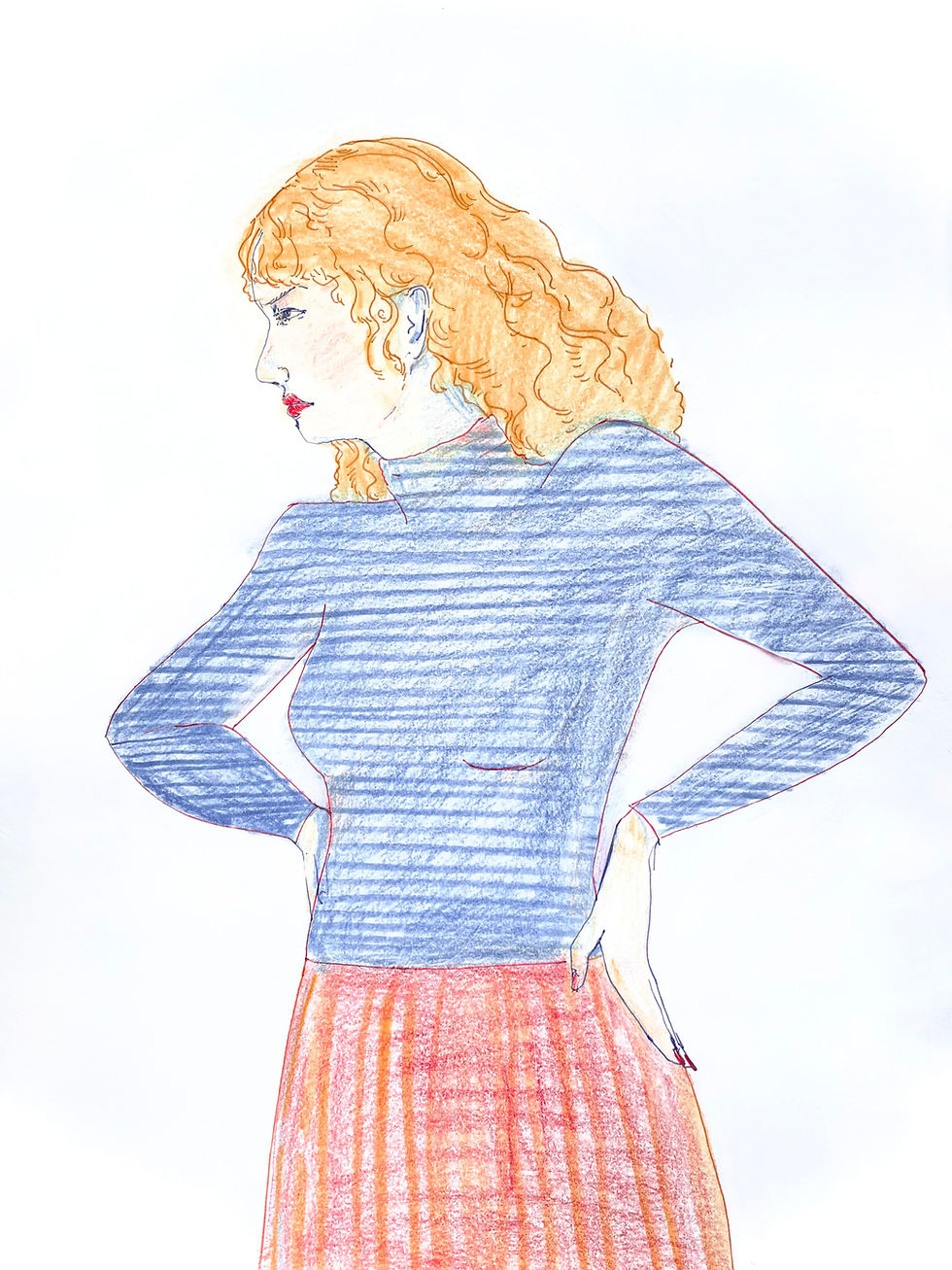A Culture of 'Misery Porn'
- Lucy Buchanan

- Nov 10, 2022
- 3 min read
In the late 2000s, the terms “mis lit”, “misery memoir”, or “misery porn” came into popular use to describe a brewing genre: novels centred around abuse or traumatic experiences. Furthermore, in 2006, of the top 100 bestselling paperbacks, 11 were memoirs about abuse. The genre became so crowded that American writer, Michiko Kakutani, claimed that it “has produced a handful of genuinely moving accounts of people struggling with illness and personal disaster but many more ridiculously exhibitionistic monologues.” More recently, “misery porn” literature, such as the 2015 UK best-seller, A Little Life by Hanya Yanagihara, have raised eyebrows over the entertainment value in grotesquely upsetting stories. However difficult it is to definitively define “misery porn”, we may view it as literature that focuses primarily on stories of abuse, trauma, or tragedy.

It was during the summer, whilst on a sweltering hot bus, that I closed my copy of A Little Life, and began to question why I was reading such a miserable book. As Yanagihara’s tortured main character, Jude, descended into another horrifically abusive relationship, I wondered if my reading of, granted, a fictional story was almost perversely voyeuristic. Afterall, I was meant to be reading this novel for my own pleasure — no reading list had pushed me into the dense pages. Jude’s trauma functioned as my entertainment. So uncomfortable with the complete deluge of tragedy drenching the novel, my copy now rests unfinished on my shelf. Indeed, one critic, Daniel Mendelsohn, has labelled A Little Life a token of “a culture where victimhood has become a claim to status”, earning readers’ approval by “confirming their preexisting view of the world as a site of victimisation.”
Considered a pioneering work in the “misery lit” genre, Jung Chang’s Wild Swans follows three generations of women living through the political upheaval of 1900s China. Indeed literature centred around real life events and trauma can pique our voyeuristic taste buds. The work is harrowing to say the least, relentlessly recounting tragedy. However, the merit of the novel’s place as both a biographical and autobiographical work must be acknowledged. Published in 1991, two years after the Tiananmen Square protests, Chang’s novel shed a revelatory light on the political history of a country previously inaccessible to many western readers, documenting the tyrannical rule of the Chinese Communist Party. Therefore, it seems important to question if it is only when a “misery porn” text is fictional, does it become gratuitously depressing.
We may also consider another vital leaf of “misery porn” — the teen angst variety. Take The Virgin Suicides by Jeffrey Eugenides. Where did I find pleasure in a plot that follows five sisters doomed to successively commit suicide, picked off by a sadistic Eugenides like a group of chicks abandoned by their emotionally neglectful parents? However, in fact, I did enjoy the novel. Chalking it up to solely Eugenides’ intelligent and insightful prose would be inadequate. There is, it seems, some kind of perverse catharsis to be found in this morbid vein of literature. I found pleasure in the misery, hanging onto every agonising word. And I wasn’t the only one, The Virgin Suicides was highly successful upon its 1993 release and was even picked up for film by Sofia Coppola and starring Kirsten Dunst. A likely reason for “misery porn”’s popularity, postulated by Elizabeth Twitchell, of New York University, “is the memoir’s promise of identification, a cozy closeness between author and reader notably lacking in high postmodernist fiction.”
Another classic example of “misery porn”, Sylvia Plath’s The Bell Jar too delves into themes of suicide. The protagonist, Esther, a college student in 1950s America, spends a summer interning at a magazine in New York and ultimately spirals into a great bout of depression and detaches herself from reality. The Bell Jar is a semi-autobiographical novel which mirrors Plath’s own turmoil with mental illness and suicide. However, I believe the work to be more than just misery for its own miserable sake. The work is significant for a number of reasons such as its critique of women’s gender roles and exploration into mental illness. Throughout Plath’s novel, Esther internalises and strives to embody the idea of the conventional woman, ultimately leading to a catastrophic impact on her mental health and sense of self. Can we consider the morbid subject matter important in encouraging us to contemplate social issues?
I leave you to wonder, therefore, just why we put ourselves through the miserable literary ringer, time after time. There is a certain appeal to the wallowing opportunity provided and merit to be found in these literary worlds detached from or wholly relatable to our own lives. Just as we find a perverse adrenaline rush from watching a good slasher, so too might we find morbid comfort in these misery porn texts as the days grow shorter and the nights colder.
Illustration: Sarah Knight







Comments